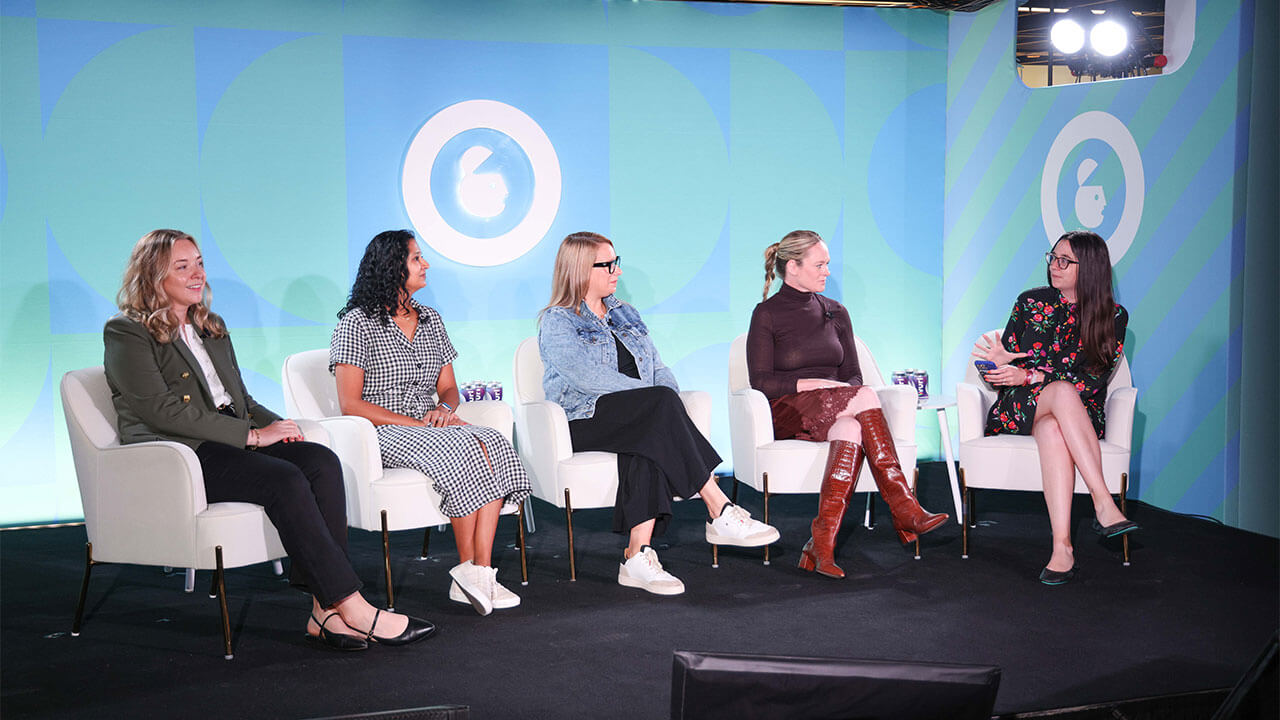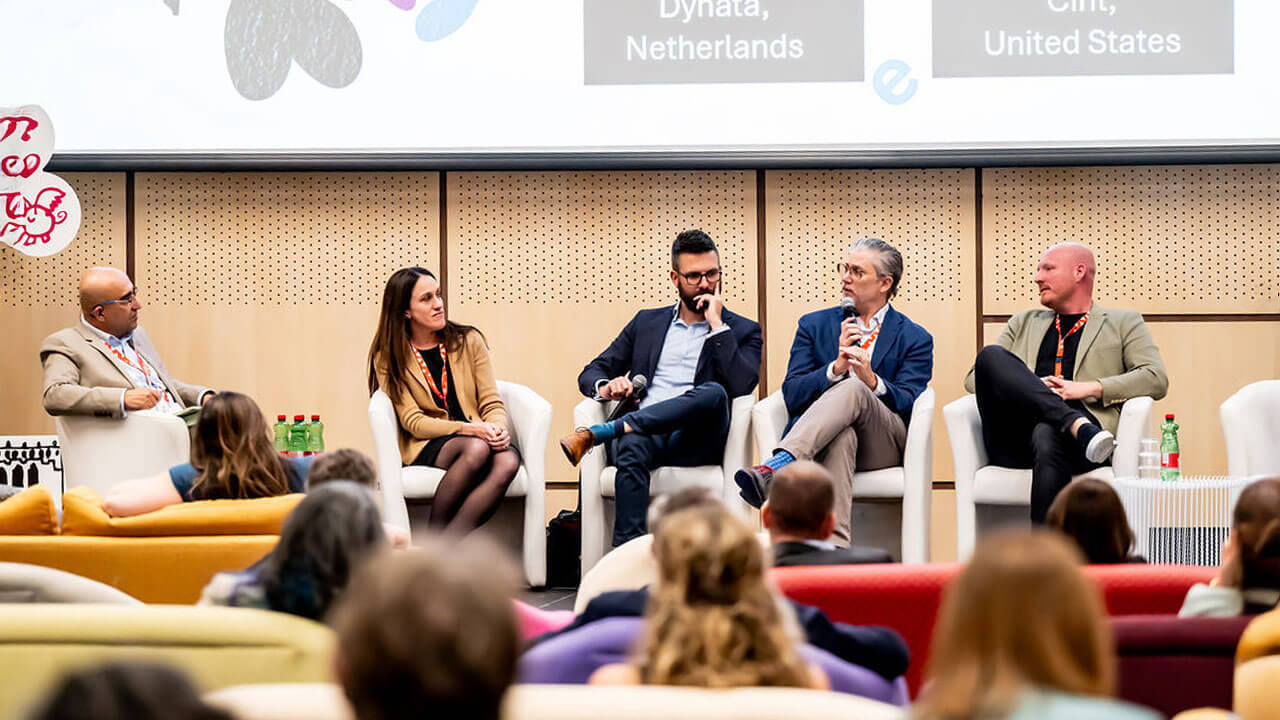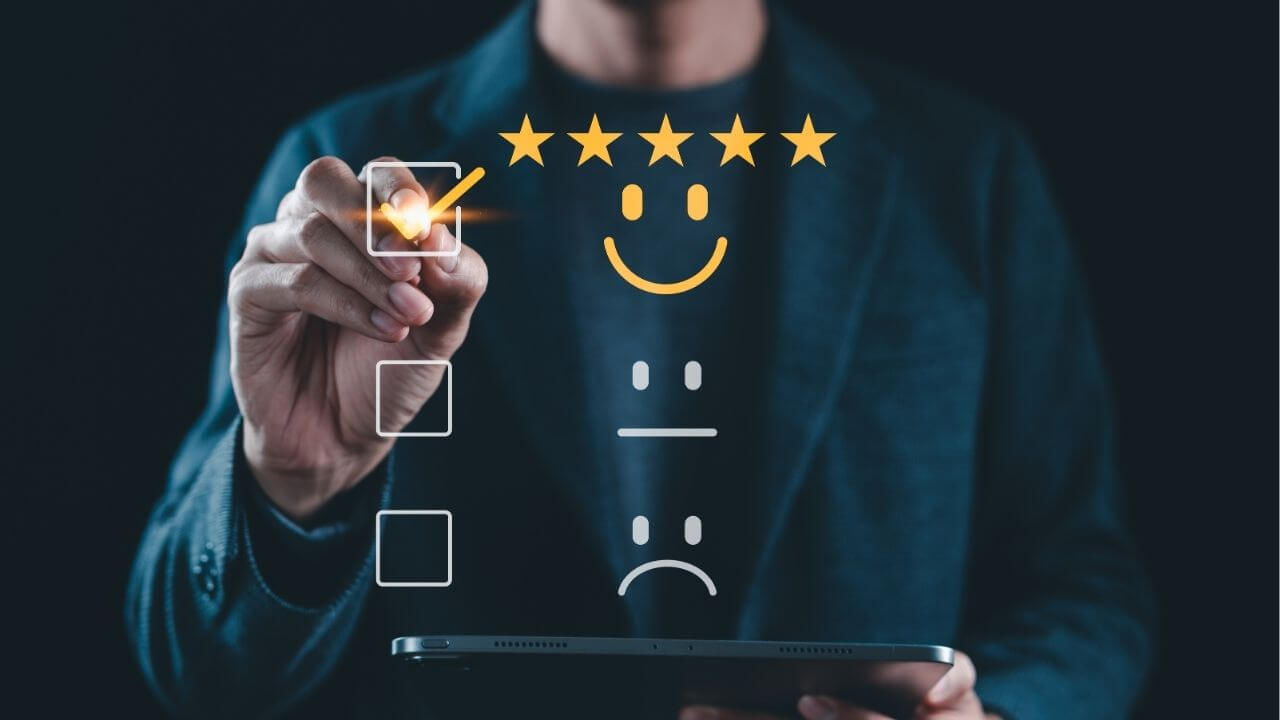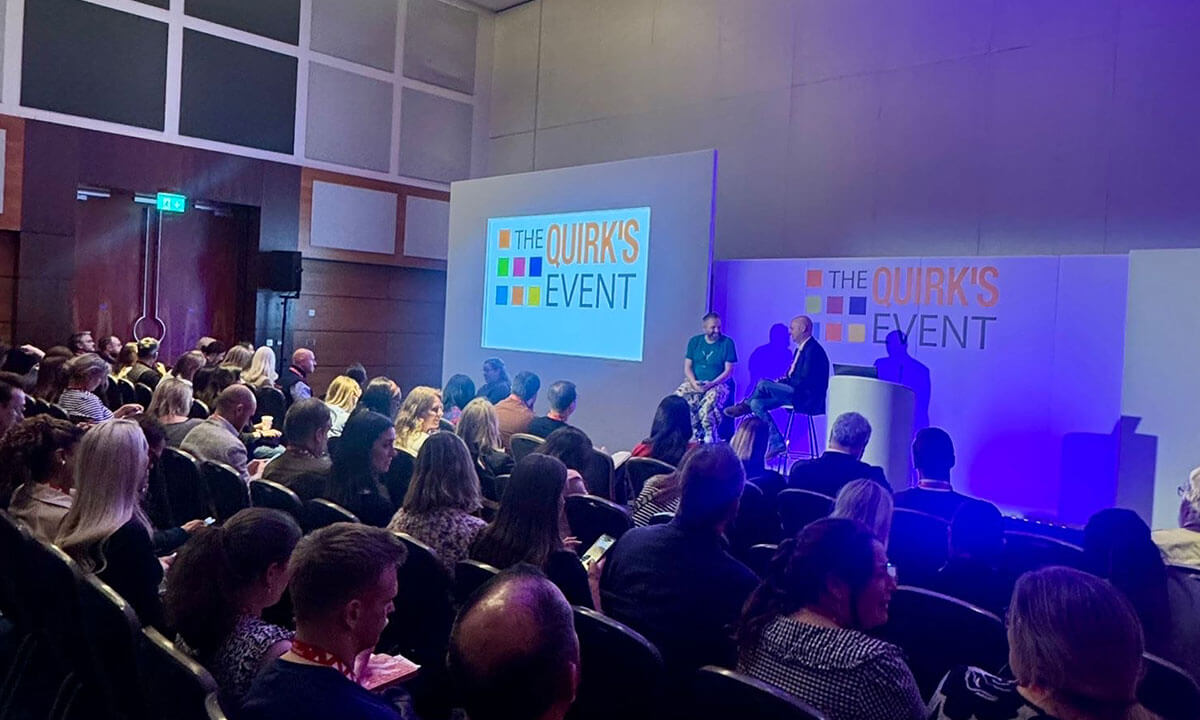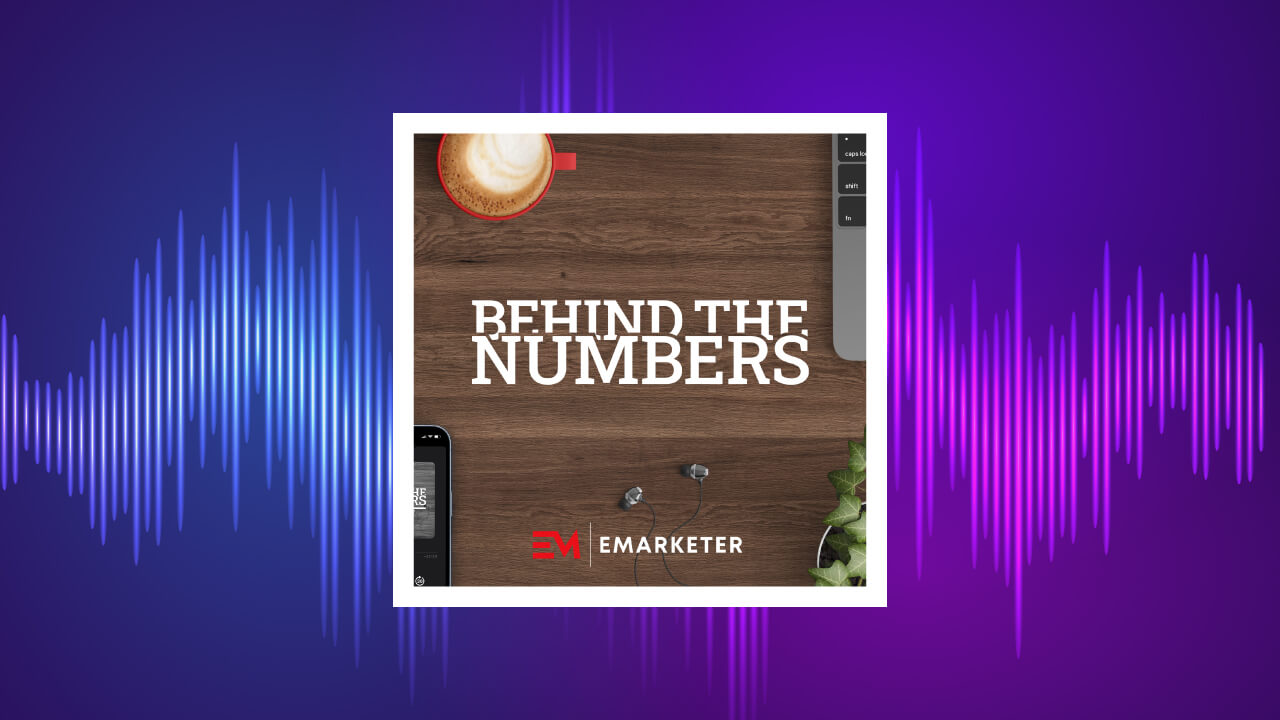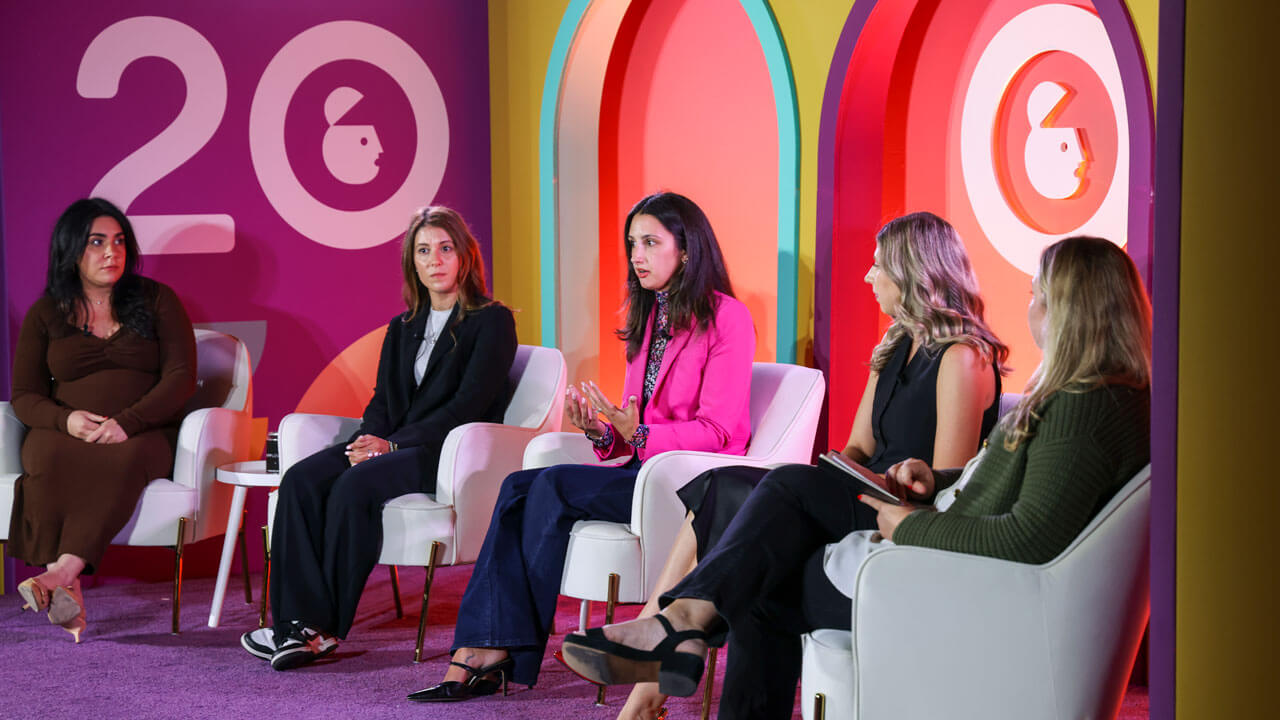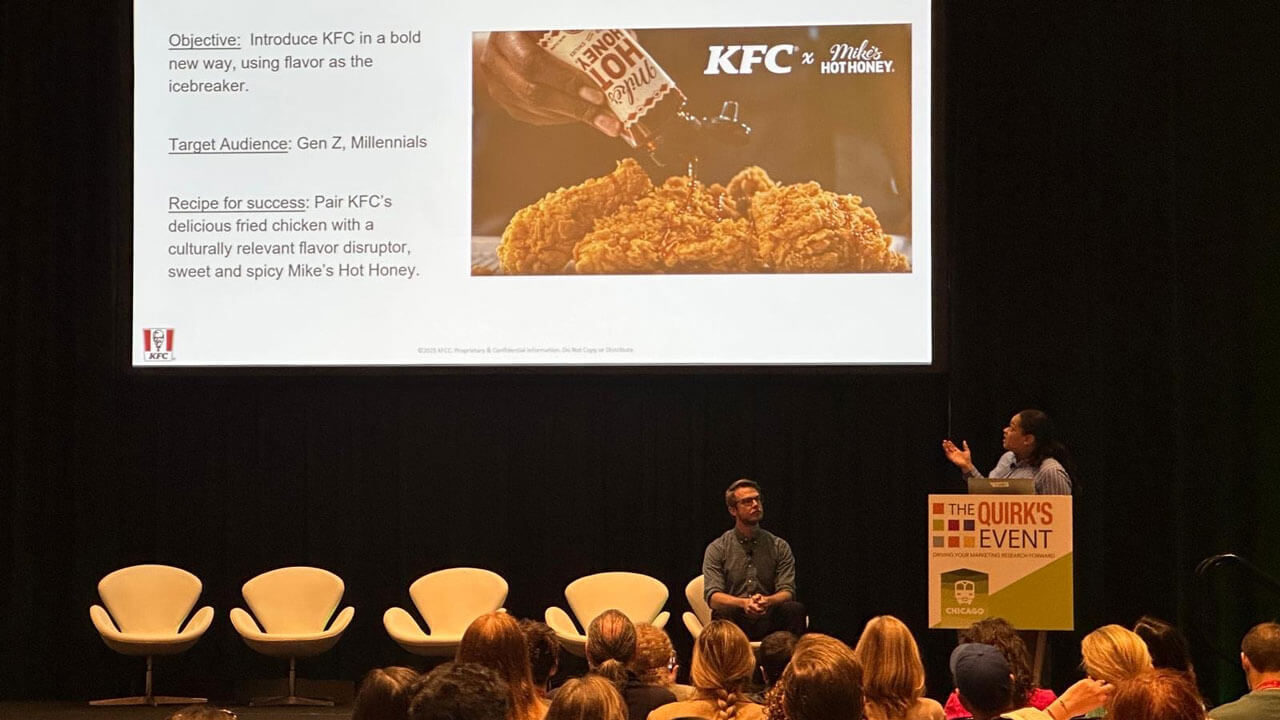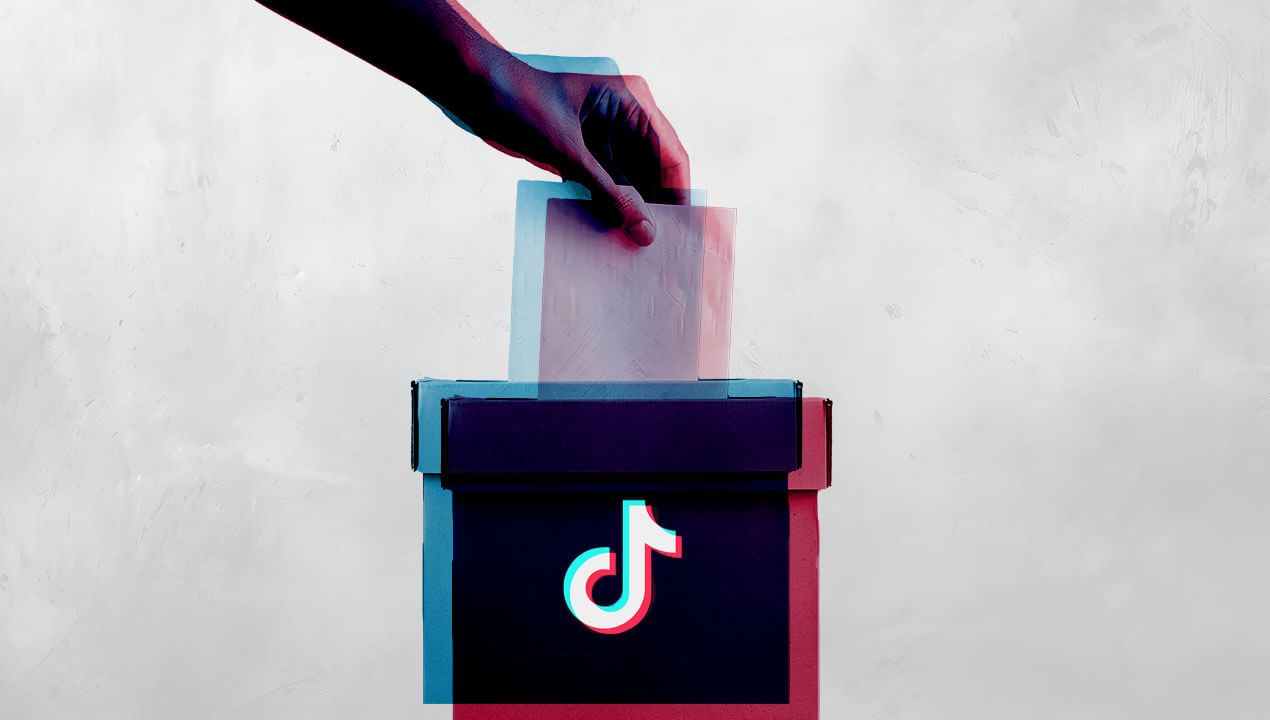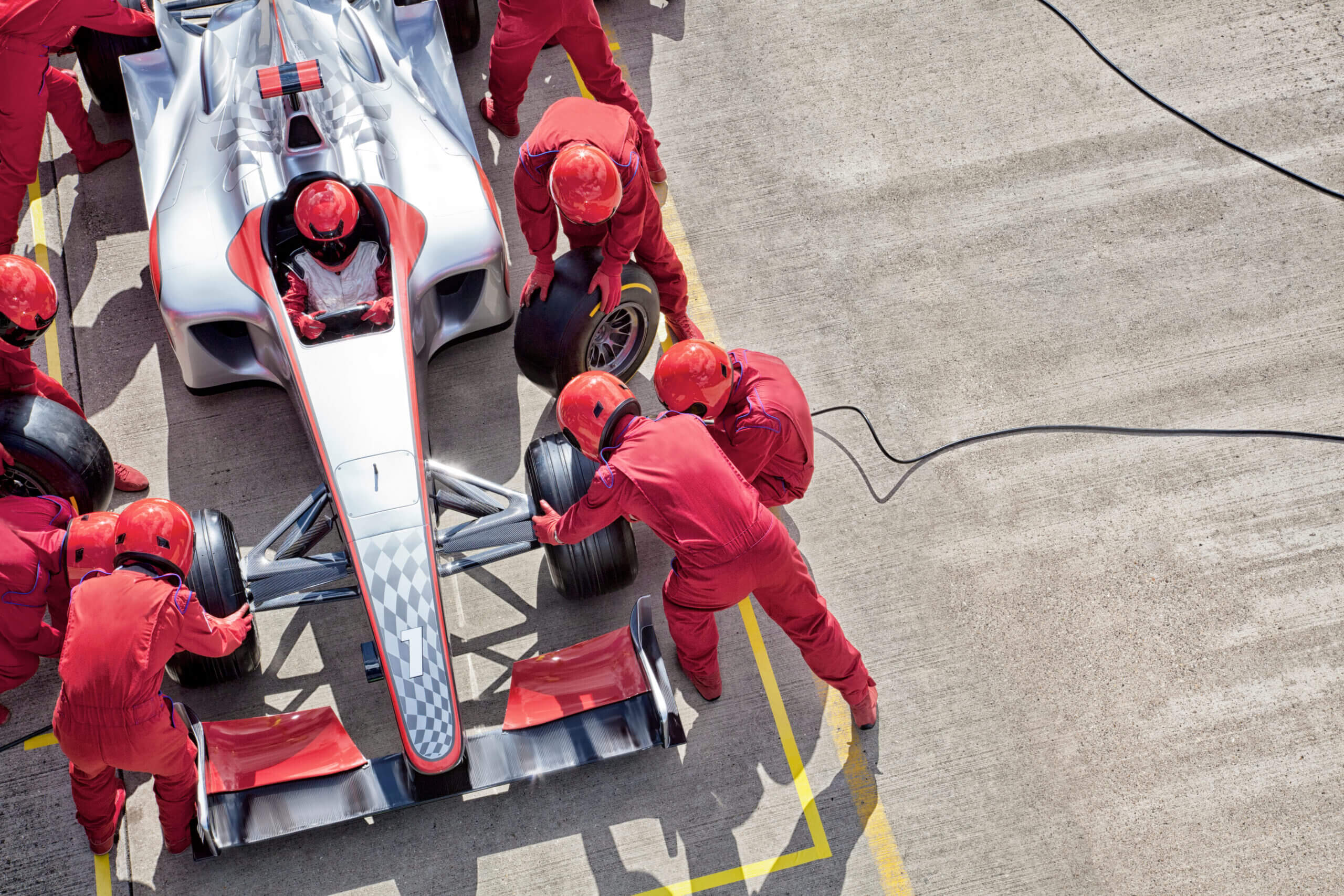Introduction
2024 was a huge year for global politics. National elections took place in over 70 countries, impacting nearly half the world’s population. Voters from Azerbaijan to Venezuela took to polling stations to have their say.
As a result, political polling took center stage. When there’s so much at stake, ensuring the accuracy and reliability of that polling has never been more important.
Someone who knows a lot about just how big a role pre-election polling can play in assessing the political landscape is Michael Conte, Director of Survey Solutions at Marist Poll, an academic organization run by Marist College who’ve been gathering American insights for over 40 years.
In April 2025, Conte took to the Greenbook IIEX North America stage with Cint’s Matthew Braithwaite to dig into the evolution of political polling, provide a post mortem in how major events through the 2025 US election cycle impacted present polling plans, and explore what’s actually working as it should in the world of polling versus the challenges that need to be faced by pollsters leading up to the next election cycle.
The times they are a-changing
Before thinking through how the 2024 Presidential race could still be considered a win for survey science when the final polls called the election for a Kamala Harris victory as opposed to a second term for Donald Trump, the pair went back in time to 2016, the year that Trump took on — and beat — Hillary Clinton.
Less than a decade ago, political polling was still a phone-led proposition. 50% of polls were conducted via landline calls with the remaining half taking place through cell phones.

Less than a decade ago, political polling was still a phone-led proposition, with Conte stating that 50% of polls were conducted via landline calls, with the remaining half taking place through cell phones. The methodology was, he concedes, “a little bit low-tech compared to today’s standards, and very, very expensive, but at the time it was considered the gold standard of survey research.”
Despite the polls taking a beating that year — much as we saw with last year’s US election, pollsters foresaw a Democrat sitting in the Oval Office come early 2017 — Conte says it wasn’t the worst year for election polling.
The last national poll Marist released ahead of the election showed Hillary winning the popular vote by two percentage points. “Hillary Clinton did win the popular vote ultimately by two percentage points.”
For Conte, the issue was less with the methodologies in play and more with how the media communicated poll results. “There were no discussions of margin of error, and a lot of pollsters in the media really overfocused on national polling the popular vote. There wasn’t the in-depth state polling to really put that electoral college map together that would have given us a clear picture and seen Trump’s first term coming.”
Mid-term transitions
Mid-terms are important for politicians, pollsters, and voters alike. One recent mid-term election was of particular importance for Conte and the team at Marist Poll.
During the 2020 election, Marist was still utilizing the same split ratio of landline to cell phone calls, and with each poll running in the region of $50-60,000, they were looking for a more cost-efficient solution that still allowed them to gather a truly representative population survey sample.
“The 2022 mid-terms led us to Cint,” Conte says. “What we quickly realized was that Cint was able to provide us with more representative samples than we had been getting elsewhere — especially when it comes to younger and more diverse crowds.”
Marist eventually landed on what Conte refers to as “a hybrid methodology,” whereby a third of their polling is conducted through outbound landline calls with an interview, another third taking place via text-to-web on cell phones, and the final piece of the polling puzzle coming directly from Cint’s aggregated panels.
Surviving 193 days of chaos
IIEX North America 2025 wasn’t the first time that Conte had shared a stage with Matthew Braithwaite. On March 26, 2024, the pair spoke at Quirk’s Chicago. With a new methodology at Marist in place — powered by Cint — both felt confident about accurately measuring voter sentiment leading up to the upcoming election in November.
“When we were on the Quirk’s stage sharing our plans for polling the 2024 Presidential race, we were both certain it was going to be Biden vs Trump,” Braithwaite recalls. “After that presentation, all hell broke loose.”
In Braithwaite’s words, there were “Assassination attempts, Supreme Court rulings, investigations, hearings, felony convictions, debates, billionaires jumping around on stage, and, most importantly, a Taylor Swift endorsement. Not to mention, a late-race change to the Democratic party ticket, swapping out Biden for Kamala Harris as the party’s Presidential candidate.”
“When we were on the Quirk’s stage sharing our plans for polling the 2024 Presidential race, we were both certain it was going to be Biden vs Trump, After that presentation, all hell broke loose.”

Matthew Braithwaite
Senior Account Manager, Cint
In short, it was 193 days of pre-election chaos, and it posed a serious challenge to polling professionals who needed to get a grasp on what the likely electoral outcome would be.
And, at the end of a long 193 days, pollsters called the election for a Harris win.
“Clearly it’s not President Kamala Harris who’s just finishing up her first 100 days in office so we can’t say that political polling had the best year,” says Conte. “Survey science had a good year in 2024, but not necessarily political polling.”
Conte posits that one of the wider issues around accuracy — or lack of accuracy — when it comes to comparing polls to reality is simple. “Both pollsters and those in the media who report on election polling forget that surveys are not meant to be pinpoint accurate. They’re meant to give a really good snapshot in time.”
Reflecting on the calls they got wrong in the 2024 election, Conte remains sanguine.
“Most of these polls had sample sizes of about 1200. Once we break that down to registered voters, our sample size is really only about 1000. We can talk to just 1000 people across the country or in individual states and really get within three or four percentage points of the actual results of the election — to me, that is a win for survey science.”
To 2026…and beyond
Somehow, we’re only a year and a bit away from the next mid-terms.
“In order to do a better job next time, we have to understand that election polls aren’t just measuring opinions — they have the added burden of needing to measure behaviors,” says Conte. “Not even just behaviors, but future behaviours.”
To do so, Marist Poll wants to lean in on a slightly more qualitative approach.
“We want to add a qualitative component to our quantitative surveys. We want to include open-ended questions in our surveys which actually capture audio respondent recordings that we can use AI tools to analyze,” says Conte.
“Our goal is that the qualitative questions connected to those quantitative questions will give us a better understanding of the sentiment and emotion behind responses. Rather than just relying on close-ended questions, we can do a better job of predicting whether or not they’re actually going to turn out to vote.”
“Our goal is that the qualitative questions connected to those quantitative questions will give us a better understanding of the sentiment and emotion behind responses. Rather than just relying on close-ended questions, we can do a better job of predicting whether or not they’re actually going to turn out to vote.”

Michael Conte
Director of Survey Solutions, Marist Poll
Conclusion
Marist Poll’s journey — from traditional landline methods to hybrid strategies powered by new technologies — reflects the broader evolution of survey science in a rapidly changing political and technological landscape.
To read more about the importance of political polling and why Cint could be the perfect research and insights partner for it, why not check out our Political Polling Playbook, a comprehensive guide to the essential strategies and tools you need for effective political polling.




